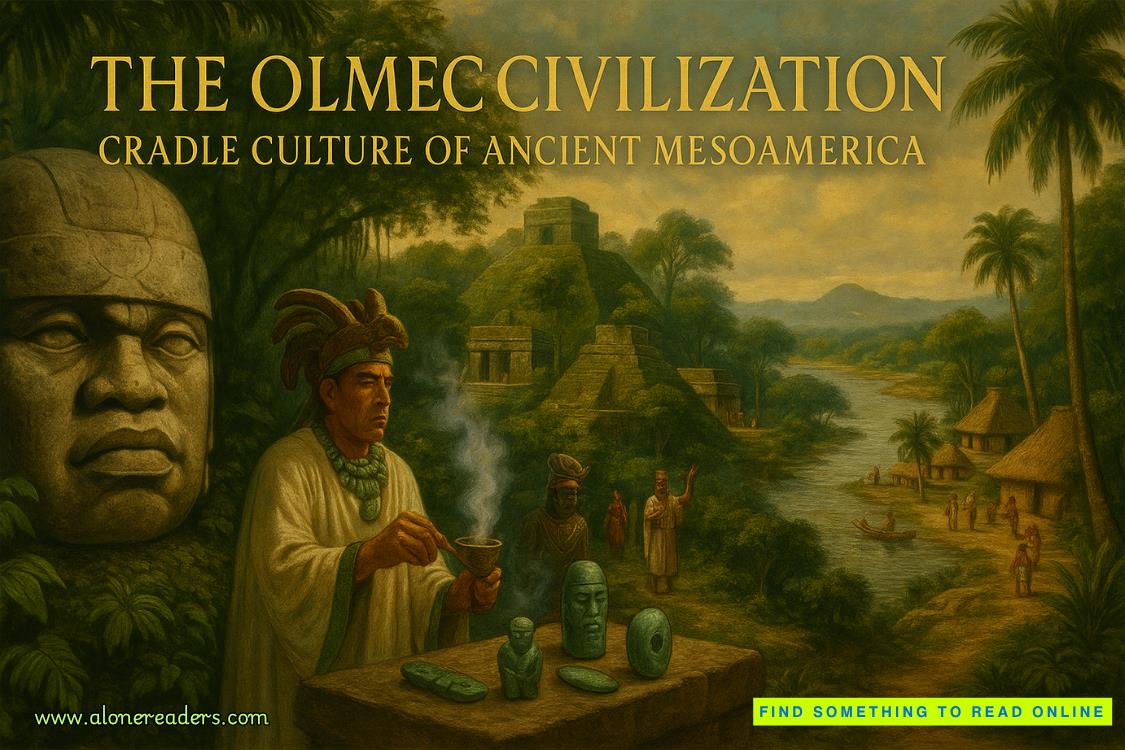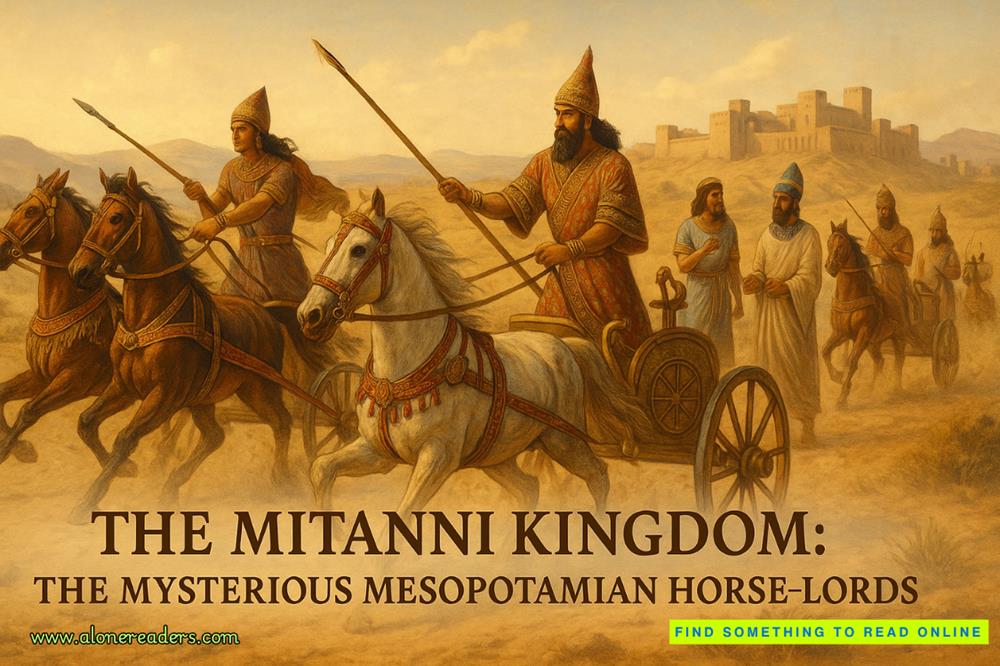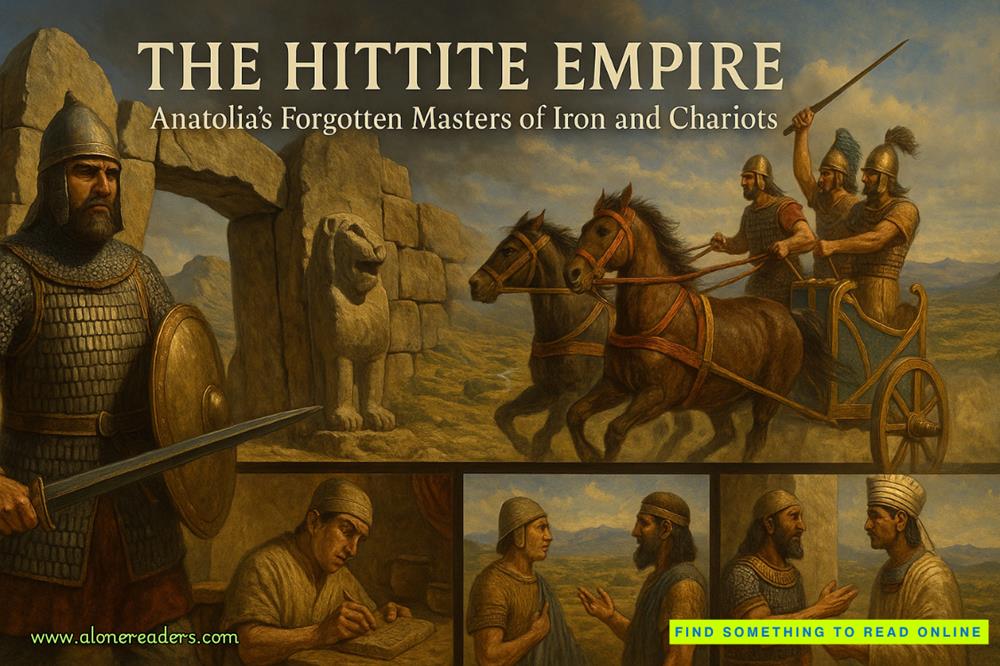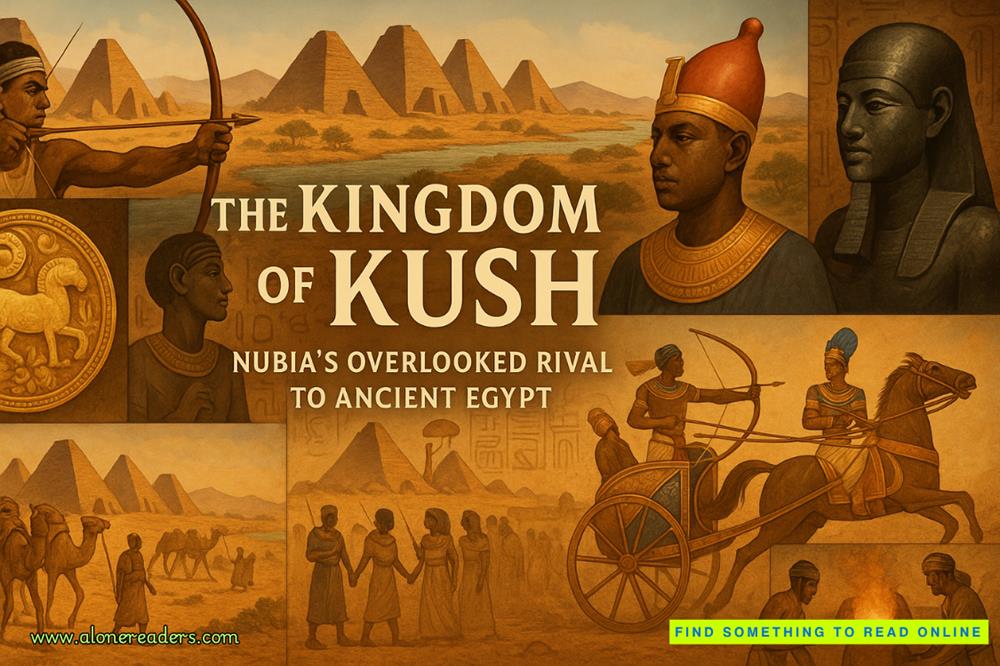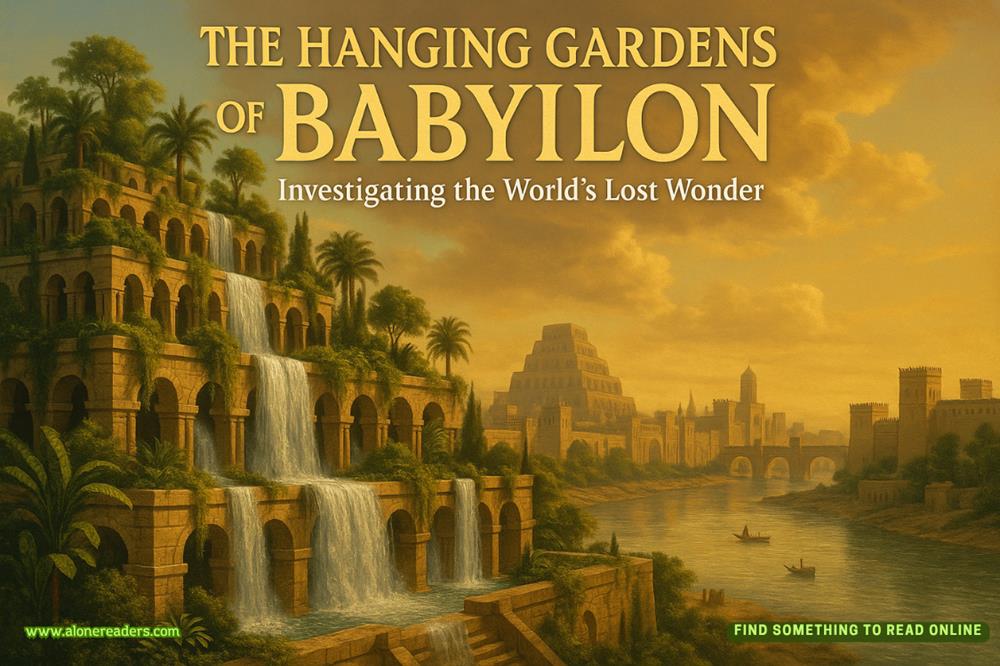While a passport is not always essential for travel to Quirm it is useful to have by you for identification. People seeking to relocate, retire or buy derelict farmhouses to renovate in Quirm should visit the Quirmian Embassy in Park Lane to complete an application form for a resident’s visa.
The Ankh-Morpork Foreign Affairs Office will issue a visitor’s visa for entry into Uberwald. Dwarfs visiting the ‘Homeland’ for the first time will need a valid birth certificate from their local or family grag which will enable them to get a travel permit from the Legation of the Low King. Historically there have been few restrictions on troll movements (at least outside the city of Bonk), but due to a recent increase in the smuggling of illegal substances a valid travel permit, obtainable from the Embassy of the Diamond King of Trolls, is now a requirement.
Foreign currency may be obtained from the Royal Bank of Ankh-Morpork and the Royal Overseas Bank. The AM dollar is acceptable in Quirm, and, as you would expect, gold is welcome everywhere regardless of whose head appears on it; but travellers to Uberwald will need to take some bizots for smaller transactions.
A reputable travel agent may be commissioned to obtain all necessary documentation and currency for your journey in addition to booking your rail tickets and making hotel reservations. However, this ‘bundle’ service may not suit the independent-minded traveller; moreover there have been reports of bogus agents, whose financial standing and know-how is, to say the least, dubious, leaving people abandoned in half-built hotels and with no return ticket.
ARTICLES TO INCLUDE IN YOUR HAND LUGGAGE
Even though the rail passenger is well protected from the elements it can be cold in winter and it is only sensible to wear warm clothing and take a small rug for added protection. On some far hubward lines a Lancre wool travel blanket is provided by the railway company.
I have found the following items can add to the enjoyment of the journey.
? A potpourri of fresh lavender or cologne according to preference; on some rural branch lines you may well find you are sharing your carriage with a farmer taking his goat or pig to market. It is as well to be prepared.
? A modest bag of peppermints – always refreshing – and a small flask of brandy for emergencies.
? A vial of eyewash in case of smuts to the eye. (If possible sit with your back to the engine.) A small bottle of solvent is also useful, to remove soot and stains from gloves.
? A book to read or crossword to employ the mind will pass the time if you travel alone and a small notebook and pencil is indispensable for recording useful facts.
? A long journey can become quite a convivial occasion, with fellow travellers sharing their stories and experiences. In such congenial circumstances, having a game to hand can add to the enjoyment of all present: consider including in your bag a pack of cards, or one of the admirably compact chess sets now available. ‘Travellers’ Thud’, however, is still too large an item for any but the most committed player to transport.
REFRESHMENTS ON THE TRAIN
Long-distance trains include a restaurant car where the traveller can have a hot meal, though this amenity may be restricted to holders of a first class ticket. A buffet carriage will offer beverages and snacks to all, and for passengers travelling in third class or on local trains there will usually be a trolley service. Thankfully the strict regulations of the railway company allow no such gastronomic horror as the un-named meat pie or sausage–in-a-bun offered on the city streets by unlicensed vendors.
The passenger of limited means may prefer to take advantage of the easily transportable comestibles which may be purchased from approved vendors on the station. Chief among these is a version of the Miner’s Pasty, in origin a sort of pie that could survive a forty-foot drop on to a hard rock. Now adapted by the accomplished chef Mr All Jolson for consumption on our railway
s, this pasty is a substantial meal, containing at one end a named meat and two veg, in the middle a serviette and fork, and at the other end rhubarb and custard. Less extravagant versions are popular with the footplate crew who heat them on a shovel over the fire-box; they remain edible without the use of a chisel, mostly.
In my journeys I have often witnessed the kindness of travellers who are willing to share their food with a complete stranger. If you do plan to take a picnic it is now the custom to pack extra provisions to distribute to your immediate neighbours in the carriage. It always breaks the ice. On a recent journey to Big Cabbage I was seated next to an elderly gentleman who unpacked from his case several bottles of different patent medicines for digestive disorders. Having dosed himself he tucked a brightly coloured napkin into his collar and proceeded to balance on his knee a fine china tureen in which were assembled a brace of pig’s trotters, half a dozen pickled eggs, pickled onions, pickled plums, a small mountain of pickled red cabbage, a selection of chutneys and several types of mustard. The gentleman who offered this vinegary selection to his neighbours revealed that his lady wife ran her own pickling business and he was a martyr to her stock control system. It seems that any preserve approaching the end of its edible life was put in his packed lunch that he might share it among fellow travellers and thus introduce potential customers to the delights of Mrs Staines’s Tracklements.
Another interesting meal I encountered was the one I shared with a dwarf who was travelling from Zemphis to Ohulan Cutash. It was kind of him to offer and it would have been churlish of me to refuse his generosity. He produced a small brown paper bag filled with rat pâté sandwiches made using traditional dwarf bread. The dry curling crusts were as hard as iron and just as inedible and the pâté could have done the duty of shoe leather. Even now whenever I come across a badly prepared or indigestible sandwich I compare it in my mind to the railway sandwich I encountered just outside Zemphis.
EXCURSIONS WITHOUT ALARMS
Ladies, there is a lot of nonsense whispered in drawing rooms about the supposed dangers facing the female traveller on our railway. I mention them only so that I can allay your concerns with my own observations. Some silly girls say that the speed of the train is such that should you put your head outside the carriage window when the train is in motion it will be torn off by the force of the blast of passing air. Well, you may lose your hat if it is not securely pinned, and you may possibly get a smut in your eye, but that is probably the worst that can occur, unless of course you are unlucky enough to meet a train going in the opposite direction.
Maiden aunts may say that the rhythmic vibration of the train over the tracks causes upset to the female anatomy such as palpitations and flushes. Indeed they add, I suspect more in hope than fear, the assertion that this same vibration inflames the male traveller, leading to unwanted advances to any woman in the vicinity. I met one poor young woman who had been frightened by her grandmother into holding a pin between her lips when going through tunnels in case someone tried to kiss her. Personally I find the motion of the train not the least bit unpleasant and if anything it has a gently soporific effect.
The suggestion that you need to take a remedy prior to travelling on the train to combat motion sickness is, I am afraid, an invention put about by the manufacturers of such nostrums and made purely for their commercial gain.
None the less the railway is a new form of travel and certain safety restrictions apply which passengers need to conform to for their own well-being and that of fellow travellers. I attach an up-to-date notice for your information.
2
THE FIERTÉ D’QUIRM Express leaves New Ankh Station from platform 3 at ten in the morning. The first class carriages on this train are commodious, having upholstered seats with ample space for a handbag and, above the seat, a most useful shelf to stow an overnight case. I believe it is the good taste of Lady King that is responsible for the attractive curtains at the windows. These match the design of the seat velour which features a repeating pattern of cabbages.
As the train leaves the station it has to negotiate a complicated mesh of criss-crossing tracks where locomotives pass each other and clattering goods wagons are noisily shunted. These movements are all controlled by the signalmen from their strategically placed elevated sheds.
A few minutes out of the station the train approaches the recently completed New Ankh Bridge, a wonder of modern engineering and design. A troll wearing a bright yellow waistcoat uses his megaphone to alert any workers on the bridge to keep clear and then gravely raises his arm to indicate that the train may continue. There is a fine view up–river to the old Water Gate and ships at anchor in the docks. The sooty plumes of smoke rising from the forest of chimneys occlude any view of the finer architectural features of the city, but the top of that famous landmark the Tower of Art can be seen and on a clear day the great clacks tower on the Tump is visible.
The train speeds up as it clears the last vestiges of the city and suddenly we are in open countryside. Refreshments are offered by a smartly dressed steward and the fresh coffee presented in a fine china cup is most welcome. The railway makes travelling so much more comfortable and I am sure that soon the long, slow coach journeys along pot-holed roads at the mercy of bad weather and indifferent suspension will be a thing of the past.
From the window of the train one can see well-constructed farmsteads surrounded by neat fields of potatoes and beans as well as the ever present cabbages. After about half an hour’s travel the train slows on the approach to the small town of Sproutington.
•SPROUTINGTON•
